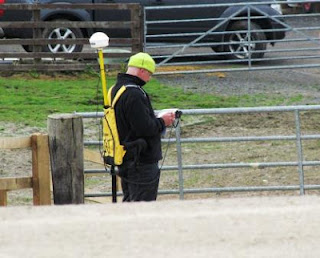

But they didn’t expect it to sell more than 10 million copies, to drive the adoption of the CD-ROM, or to land in the Museum of Modern Art’s collection of significant videogames. The Millers knew they had put together a decent game.


Rand Miller calls from New Mexico - appropriately, he celebrated Myst’s 20th anniversary at Carlsbad Caverns. In a way, that’s what almost happened to Cyan. If the authors aren’t careful, the ages become unstable, the ground quakes, and the whole world collapses into nothingness. Not a bad analogy for the Miller brothers.īut they wrote a catch into the backstory. In the Myst mythology, creative types with the right grasp of language, with the gift for an eloquent phrase, can summon entire “Ages” - beautiful, strange and dark worlds - into reach. Even their kid brother Ryan, a senior in high school, chipped in, writing reams of backstory that became tomes in Myst’s in-game library. In a double-wide mobile home on a hill in Chattaroy, Wash., three brothers created worlds. Open the book, place your hand on the picture on the first page, and get sucked into a multiverse of weird worlds, with fog-drenched forest boardwalks and red-stained torture rooms, a music-powered spaceship and a sound-navigated subway car, obscure puzzles and hidden passages all rendered in gorgeous 3-D. Under a cloud of stars, a glowing book beckoned from blackness while the wind whistled. It did so without machine guns or combo-punches. I n 1993, the same year that launched the bloody, demon-blasting computer game Doom, a tiny developer called Cyan from a mid-sized city called Spokane released a computer game called Myst.įor nearly a decade, it held the title of best-selling computer game of all time.


 0 kommentar(er)
0 kommentar(er)
